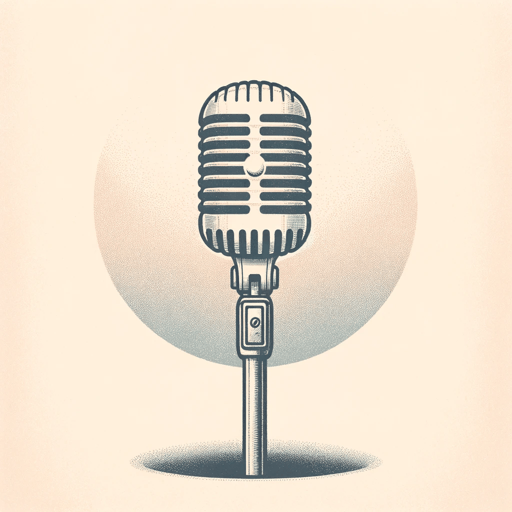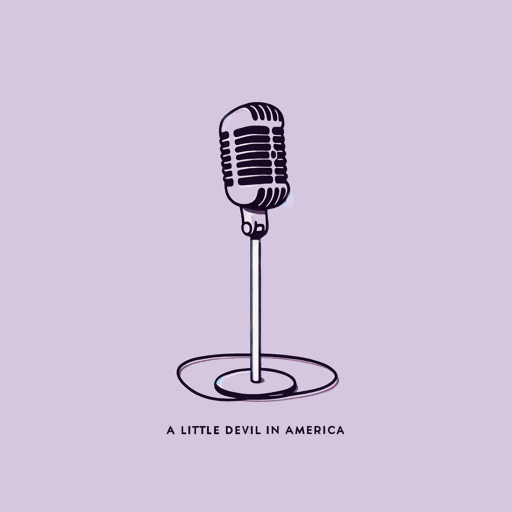57 pages • 1 hour read
Hanif AbdurraqibThey Can't Kill Us Until They Kill Us
Nonfiction | Essay Collection | Adult | Published in 2017A modern alternative to SparkNotes and CliffsNotes, SuperSummary offers high-quality Study Guides with detailed chapter summaries and analysis of major themes, characters, and more.
Part 4Chapter Summaries & Analyses
Part 4, Essay 1 Summary: “By the time Marvin gets to ‘…bombs bursting in air…’ you can see his hands finally stop shaking. A rhythmic clap begins to grow from the audience.”
Abdurraqib describes watching fireworks shows just before the murder acquittal of George Zimmerman and the death of Eric Garner. In 2015, fireworks coincided with the death of Renisha McBride, the desecration of Black churches in the South, and discrimination against LGBTQIA+ people. In parentheses, Abdurraqib includes some of Gaye’s lyrics alongside images of Black resistance, community, and joy.
Part 4, Essay 2 Summary: “Ric Flair, Best Rapper Alive”
Abdurraqib considers the performativity of both professional wrestling and rap. Though wrestler Ric Flair came from humble origins, the image he presented to the public was one of ostentatious wealth and glamor; by contrast, his fellow wrestler and rival Dusty Rhodes framed himself as a working-class hero. Abdurraqib considers the different variations on the American Dream these men embodied in their wrestling personas—a “living dream” versus “the possibility of dreaming larger” (125). For Abdurraqib, growing up in poverty, the former was more appealing; he recalls buying all the luxury shoes he saw famous rappers wearing as soon as he could afford them.
Part 4, Essay 3 Summary: “It Rained in Ohio the Night Allen Iverson Hit Michael Jordan with a Crossover”
Abdurraqib analyzes a single moment in basketball history—Allen Iverson, then a rookie, playing Michael Jordan in 1996. Iverson had a rocky past and finished his high school career in a juvenile detention center. He was known to be passionate and to skip practice.
Related Titles
By Hanif Abdurraqib



